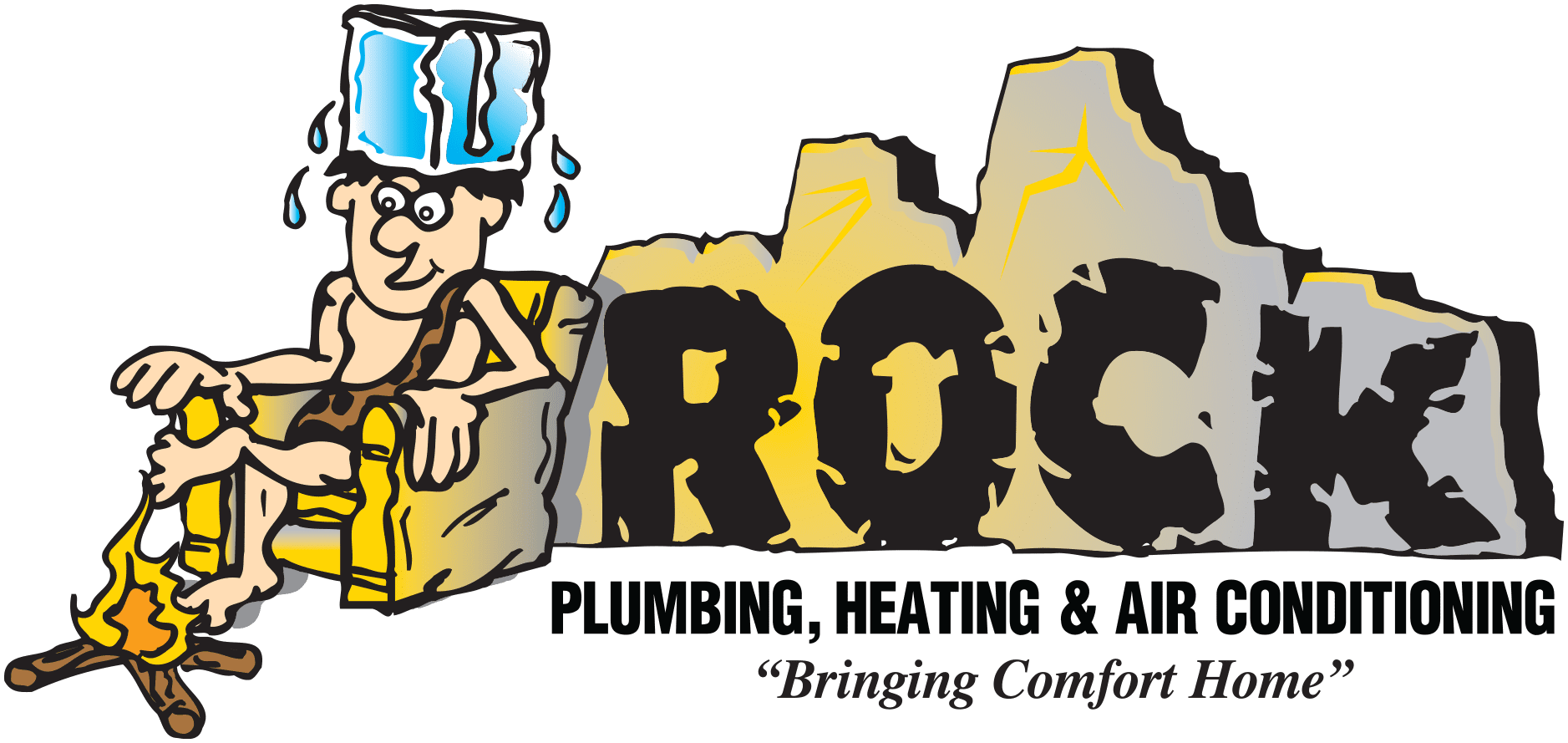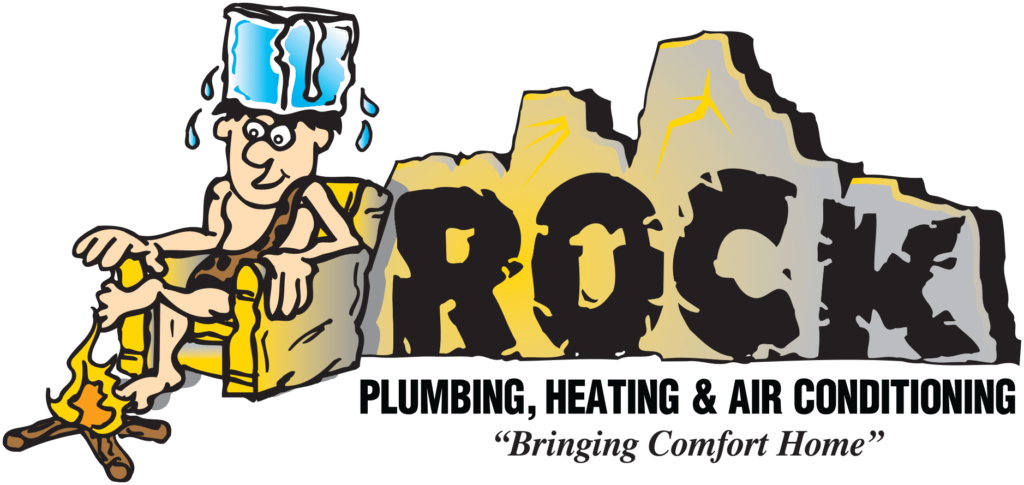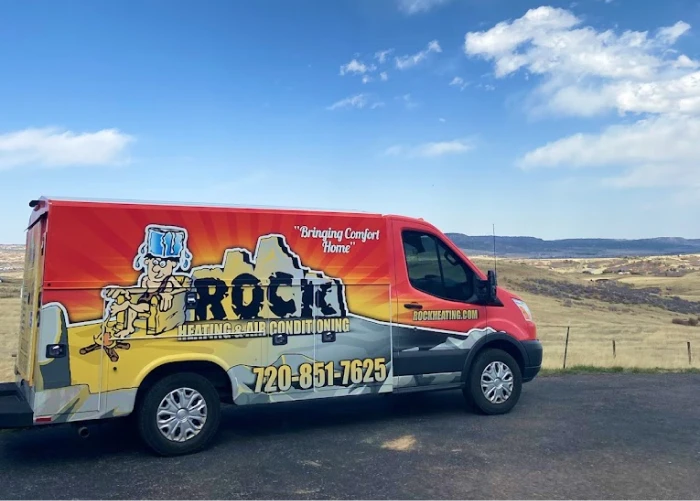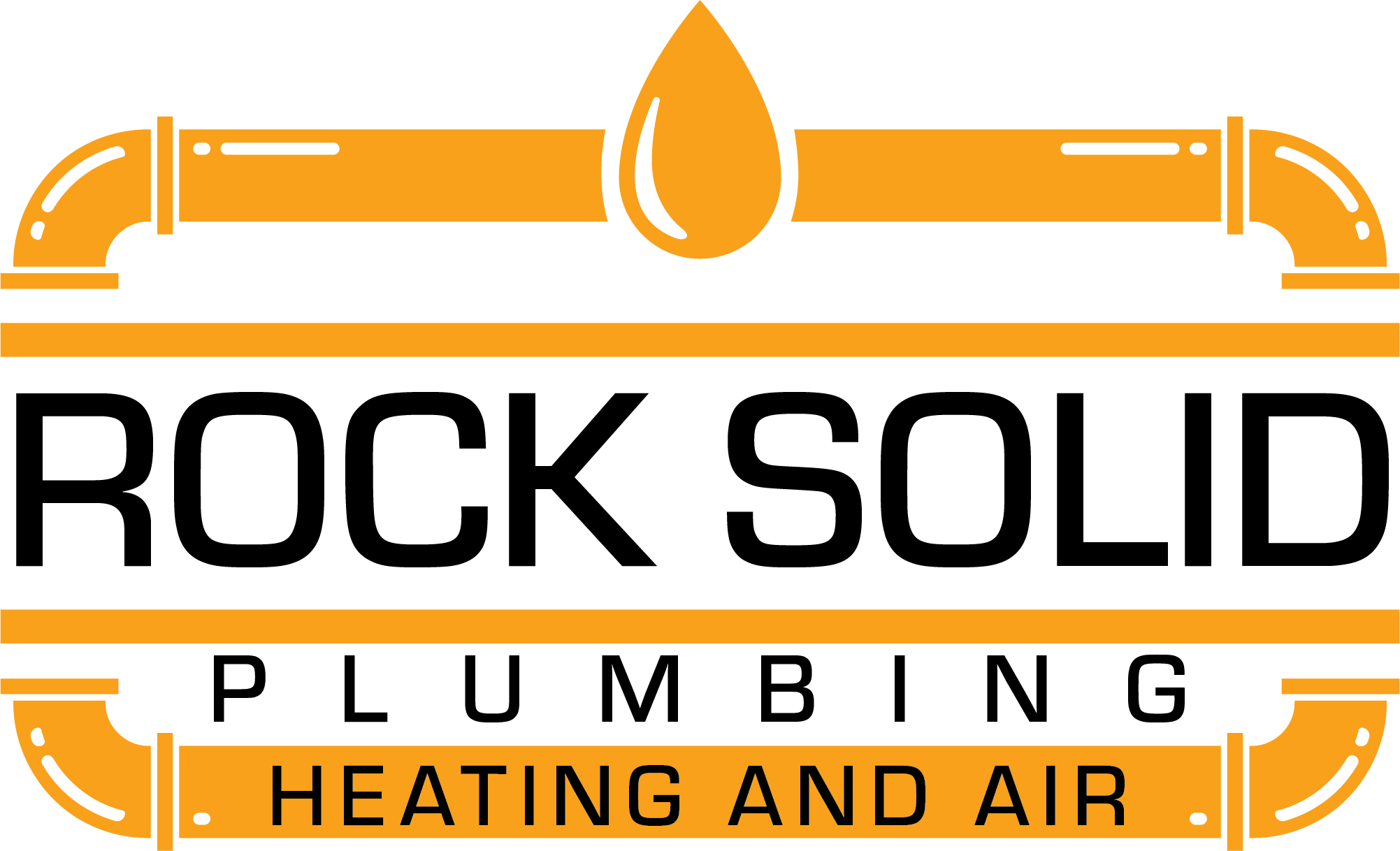Rock Plumbing Heating & Air Conditioning
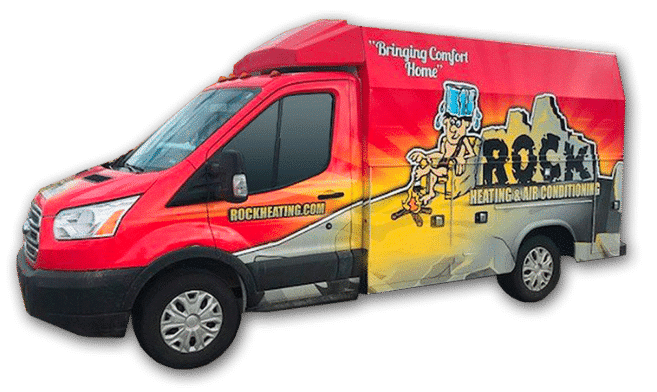
HVAC systems are intricate networks responsible for maintaining the comfort and air quality within our homes. Understanding the basics of your system, performing routine maintenance, and knowing when to seek professional assistance can save you money and headaches. This guide aims to empower homeowners and DIY enthusiasts with practical knowledge and troubleshooting tips.
Understanding Your HVAC System
Before diving into repairs, it's crucial to understand the components of your HVAC system. A typical system comprises a furnace or heat pump for heating, an air conditioner for cooling, ductwork for air distribution, a thermostat for control, and air filters for air quality. Each component plays a vital role, and issues in one area can affect the entire system.
Heating System Components:
- Furnace: Burns fuel (natural gas, propane, or oil) to generate heat.
- Heat Pump: Transfers heat from one location to another (either pulling heat from the outside air in winter or expelling heat outside in summer).
- Heat Exchanger: Transfers heat from the combustion process to the air circulating through the furnace.
- Burners: Ignite the fuel to produce heat.
- Blower Motor: Circulates air through the heating system and ductwork.
- Pilot Light/Igniter: Starts the combustion process.
Cooling System Components:
- Compressor: Compresses the refrigerant, increasing its temperature and pressure.
- Condenser Coil: Dissipates heat from the refrigerant.
- Evaporator Coil: Absorbs heat from the air, cooling it down.
- Refrigerant: A fluid that absorbs and releases heat as it cycles through the system.
- Expansion Valve: Regulates the flow of refrigerant into the evaporator coil.
- Condenser Fan: Cools the condenser coil.
- Blower Motor: Circulates air through the cooling system and ductwork.
Common Tools for HVAC Maintenance and Minor Repairs:
- Screwdrivers (Phillips and flathead)
- Wrenches (adjustable and socket set)
- Multimeter
- Voltage Tester
- Vacuum cleaner or shop vac
- Fin comb
- Refrigerant gauge manifold set (For licensed technicians only!)
- Safety Glasses
- Gloves
Troubleshooting Common HVAC Problems
Many HVAC issues can be resolved with simple troubleshooting steps. Before calling a professional, consider these common problems and potential solutions.
No Heat or Insufficient Heat:
- Thermostat Setting: Ensure the thermostat is set to "heat" and the temperature is set higher than the current room temperature.
- Air Filter: A dirty air filter restricts airflow, reducing heating efficiency. Replace the filter regularly (every 1-3 months).
- Pilot Light (Gas Furnace): If the pilot light is out, relight it following the manufacturer's instructions. If it won't stay lit, there may be a problem with the gas valve or thermocouple (Call a professional!).
- Gas Valve: Verify that the gas valve is open.
- Blower Motor: Check if the blower motor is running. If not, it could be a faulty motor or capacitor.
- Ductwork: Check for leaks or disconnections in the ductwork. Seal any leaks with foil tape.
No Cooling or Insufficient Cooling:
- Thermostat Setting: Ensure the thermostat is set to "cool" and the temperature is set lower than the current room temperature.
- Air Filter: Again, a dirty air filter restricts airflow, impacting cooling efficiency.
- Outdoor Unit: Check if the outdoor unit (condenser) is running. If not, check the circuit breaker.
- Condenser Coils: Ensure the condenser coils are clean and free of debris. Use a garden hose to gently rinse them off.
- Refrigerant Leaks: If you suspect a refrigerant leak (ice forming on the evaporator coil), call a licensed HVAC technician immediately. Refrigerant handling requires specialized equipment and training.
- Frozen Evaporator Coil: A frozen evaporator coil can restrict airflow. Turn off the system and allow the coil to thaw completely before restarting. Check the air filter and airflow to prevent recurrence.
Uneven Heating or Cooling:
- Ductwork: Check for leaks or obstructions in the ductwork.
- Airflow: Ensure that registers and vents are open and unobstructed.
- Zoning Issues: If you have a zoned system, check the zone dampers and thermostats.
Strange Noises:
- Banging: May indicate ductwork expansion or contraction.
- Squealing: Could be a worn-out belt or a motor bearing issue.
- Rattling: Loose components or debris in the ductwork.
- Humming: Could be a capacitor issue or a problem with the compressor (Call a professional!).
Unusual Odors:
- Burning Smell: Could indicate a motor issue, electrical problem, or a dirty heating element (Turn off the system and call a professional!).
- Musty Smell: Could indicate mold or mildew growth in the ductwork or condensate drain pan.
- Rotten Egg Smell: This is a gas leak! Evacuate the premises immediately and call the gas company.
DIY Maintenance Tips to Extend the Life of Your HVAC System
Regular maintenance is crucial for preventing costly repairs and extending the lifespan of your HVAC system.
- Change Air Filters Regularly: As mentioned earlier, this is one of the most important maintenance tasks. Check your filter every month and replace it as needed.
- Clean Condenser Coils: At least once a year, clean the condenser coils with a garden hose.
- Inspect Ductwork: Look for leaks or damage and seal them with foil tape.
- Clear Debris Around Outdoor Unit: Keep the area around the outdoor unit free of plants, leaves, and other debris.
- Schedule Professional Maintenance: Have a qualified HVAC technician inspect and tune up your system annually.
When to Call a Professional
While some HVAC issues can be addressed with DIY solutions, others require the expertise of a trained professional. Always prioritize safety and call a licensed HVAC technician if you encounter any of the following:
- Refrigerant Leaks
- Gas Leaks
- Electrical Problems
- Major Component Failures (Compressor, Heat Exchanger)
- Unfamiliar Noises or Odors
- Work Involving Refrigerant Handling
- If you are uncomfortable or unsure about performing a repair.
Estimating Repair Costs
HVAC repair costs can vary depending on the type of repair, the age and model of your system, and your location. Here are some general cost ranges for common repairs:
- Air Filter Replacement: $5 - $30 (DIY)
- Thermostat Replacement: $100 - $300 (DIY or professional)
- Capacitor Replacement: $150 - $350 (Professional)
- Blower Motor Replacement: $300 - $800 (Professional)
- Compressor Replacement: $1,200 - $3,000 (Professional)
- Refrigerant Recharge: $200 - $500 (Professional)
- Ductwork Repair: $200 - $1,000+ (Professional)
- Furnace Repair: $150 - $1,000+ (Professional)
- AC Repair: $150 - $1,000+ (Professional)
These are just estimates, and the actual cost may vary. Always get multiple quotes from qualified HVAC contractors before proceeding with any repairs.
Safety First
Working with HVAC systems involves potential hazards, including electrical shock, gas leaks, and refrigerant exposure. Always follow these safety precautions:
- Turn off the power to the unit at the circuit breaker before performing any repairs.
- Wear safety glasses and gloves.
- Never work on refrigerant lines unless you are a licensed HVAC technician.
- If you smell gas, evacuate the premises immediately and call the gas company.
- Follow the manufacturer's instructions for any repairs or maintenance tasks.
- When in doubt, call a professional.
Conclusion
Understanding your HVAC system, performing regular maintenance, and knowing when to seek professional help can significantly improve its efficiency and lifespan. By following the tips and guidelines in this article, you can keep your home comfortable and your energy bills low.
